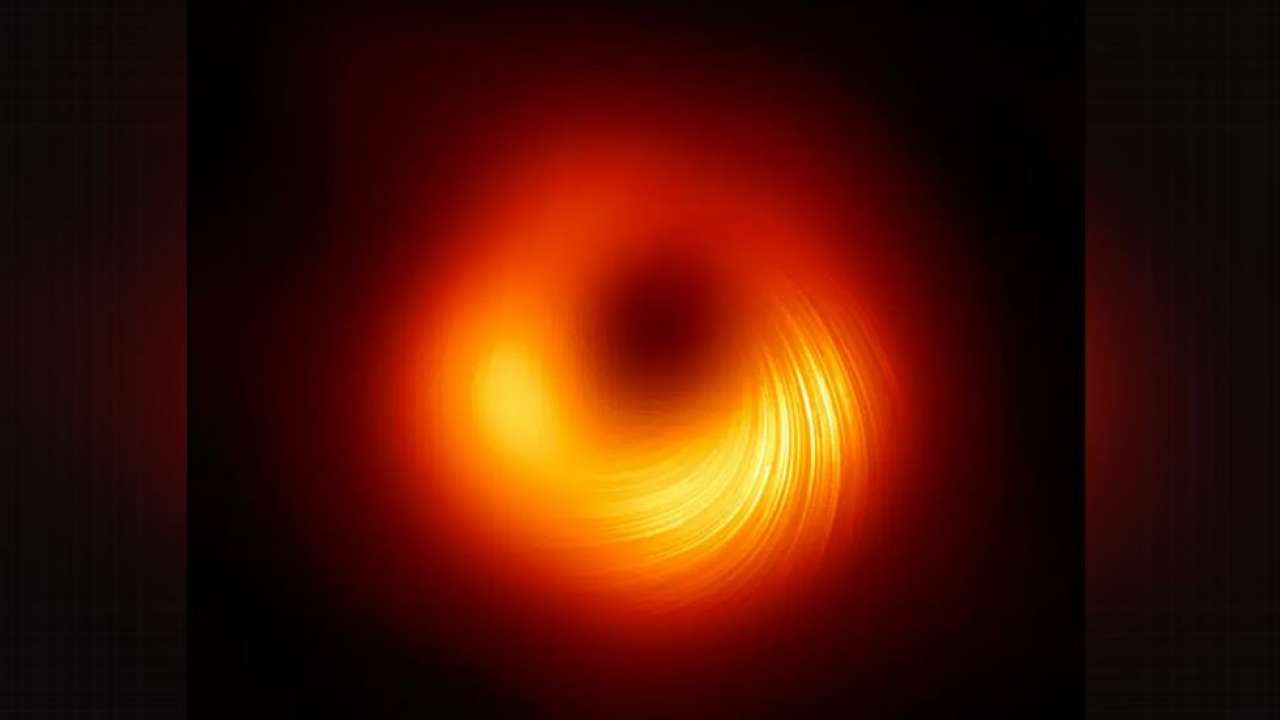Scientists Use Quantum Computing to Simulate Black Holes and Explore Hawking Radiation
Chinese scientists have achieved a significant breakthrough in the field of astrophysics by simulating the physics of black holes using quantum computing. This groundbreaking research, based on Hawking radiation theory, sheds light on the behavior of black holes and their radiative properties. The findings, published in the esteemed journal Nature Communications, pave the way for a deeper understanding of these enigmatic cosmic entities.
Simulating Black Holes with Quantum Computing
Led by a team of Chinese scientists, this research endeavor employed quantum computing techniques to simulate the physics of black holes. Utilizing a superconducting processor comprising 10 qubits, the researchers aimed to create systems with properties analogous to black holes. By exploring the quantum effects of black holes, they sought to gain insights into the mysterious phenomenon known as Hawking radiation.
Understanding Hawking Radiation
Hawking radiation, a theory postulated by renowned physicist Stephen Hawking, describes the phenomenon where virtual particle pairs are created near the event horizon of a black hole. One particle gets drawn into the black hole while the other escapes into space as actual radiation. The Chinese researchers found that the radiation probability of the quasiparticle inside the analogue black hole satisfied the key characteristics of Hawking radiation, as stated by the Institute of Theoretical Physics of the Chinese Academy of Sciences.
Unearthing Deeper Secrets about Black Holes
This pioneering research opens up new avenues for exploring the mysteries of black holes. By successfully simulating the behavior of black holes using quantum computing, scientists can delve deeper into their properties and gain a better understanding of these cosmic entities. The insights gained from this study provide a foundation for further investigations and advancements in the field of astrophysics.
Formation of Black Holes
When stars reach the end of their lives, they undergo transformations depending on their mass. Stars larger than our Sun transform into super-dense neutron stars or stellar-mass black holes. This insight helps contextualize the significance of studying black holes and their behavior.
Month: Current Affairs - June, 2023
Category: Science & Technology Current Affairs


